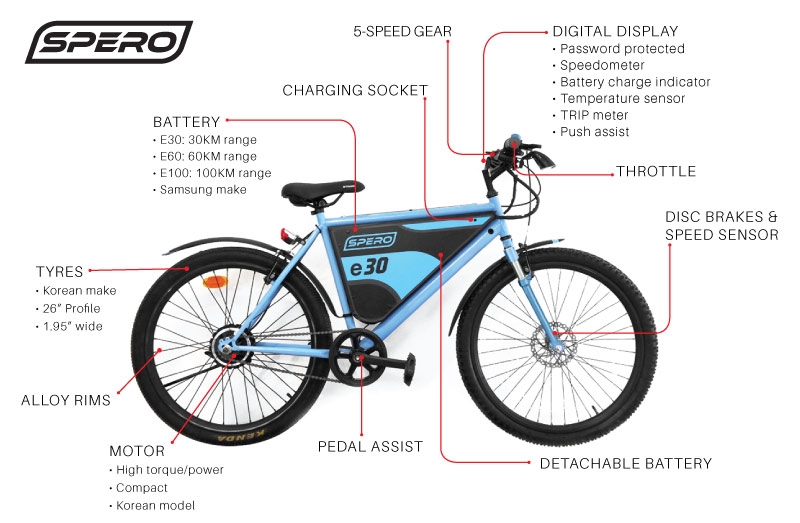Inform On Your Own On The Laws Governing E-Bike Usage In Your Area To Ensure Risk-Free Riding Methods

Web Content Author-Moran Dejesus
Prior to you get on your e-bike and hit the streets, it's crucial to recognize the regulations and guidelines that govern your city. From rate limitations to designated riding areas, there's a whole lot to consider to guarantee you're compliant and safe. By familiarizing yourself with the rules particular to e-bikes, you'll be better equipped to appreciate your trips without any unanticipated legal issues. Remain tuned to discover vital understandings that will certainly assist you browse the e-bike landscape in your city perfectly.
Understanding E-Bike Category
When it involves browsing the world of e-bike legislations and guidelines, a vital beginning factor is understanding the category system that categorizes these electrical bikes. E-bikes are usually classified right into three major categories: Class 1, Course 2, and Class 3.
Course 1 e-bikes are pedal-assist just, implying they supply assistance while the rider is pedaling and have a maximum speed of 20 mph. These bikes are admitted locations where standard bicycles are permitted.
Class 2 e-bikes are furnished with a throttle that can drive the bike without pedaling. They likewise have a maximum speed of 20 mph and appropriate for motorcyclists who may require support without pedaling constantly.
check out this site -bikes are similar to Class 1 but with a greater maximum speed of 28 mph. These bikes are often limited from specific bike paths or tracks due to their greater speeds.
Understanding these categories is crucial for abiding by local regulations and making certain a secure and pleasurable e-biking experience.
Navigating Speed Restrictions and Constraints
To properly browse e-bike regulations and laws, it's crucial to comprehend the rate limits and constraints that put on different classes of electrical bikes.
Rate limits for e-bikes differ depending on the category of the bike. Course 1 e-bikes, which are pedal-assist just and have a maximum speed of 20 miles per hour, are generally enabled on bike lanes and courses.
Class 2 e-bikes, which have a throttle in addition to pedal-assist and additionally reach speeds of approximately 20 mph, may be limited in specific areas where motorized vehicles aren't allowed.
fat tire ebikes -bikes, with pedal-assist approximately 28 mph, are typically needed to adhere to the same guidelines as standard bikes.
It is essential to follow these speed limitations and constraints to ensure your security and the safety and security of others on the road. Prior to riding your e-bike, familiarize yourself with the particular policies in your city to avoid any type of possible penalties or legal issues.
Where to Trip Your E-Bike
To figure out where you can ride your e-bike, it's necessary to recognize the laws and guidelines specific to your area. In many locations, e-bikes are usually allowed on roads and streets where traditional bicycles are allowed. This might consist of bike lanes, bike courses, and shared roadways. Nonetheless, it's critical to inspect neighborhood regulations as some cities might have specific constraints on where e-bikes can be ridden.
When riding your e-bike, always focus on security by complying with website traffic rules and valuing pedestrian sidewalks. Additionally, bear in hop over to here of assigned bike lanes or paths in your location and utilize them whenever feasible to guarantee a smoother and much safer experience.
Some cities additionally have policies regarding e-bike usage on walkways, so make certain to acquaint yourself with these rules to prevent any kind of fines or penalties.
Final thought
Now that you're familiar with the regulations and laws surrounding e-bikes in your city, you can confidently hit the road understanding where you can ride and what restrictions relate to your e-bike classification. Bear in mind to constantly focus on safety and comply with the guidelines to make certain a smooth and legal experience. Happy riding!

